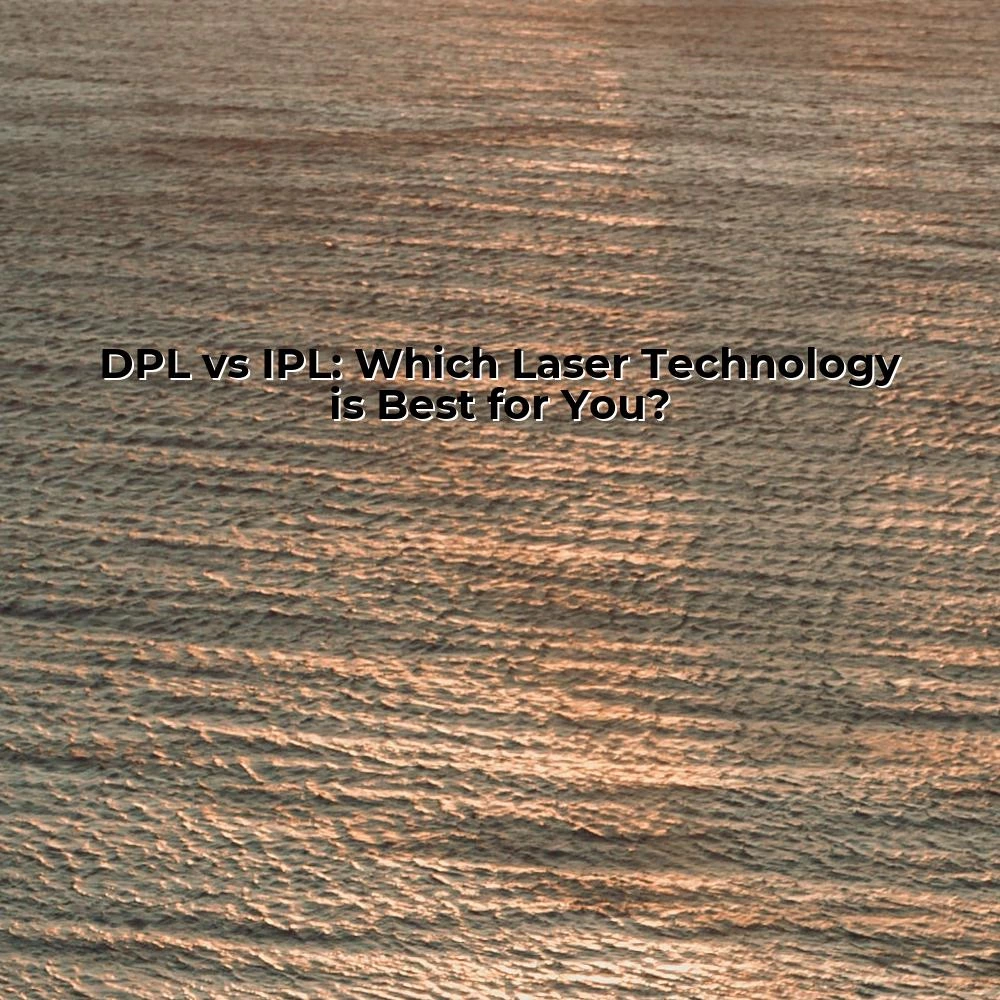DPL vs IPL
| Visit:131

DPL vs IPL
As a medical professional in the field of dermatology, you are continuously faced with patients asking about skin rejuvenation, hair removal, and treating various skin conditions. Two popular methods you might recommend are Dynamic Pulsed Light (DPL) and Intense Pulsed Light (IPL) treatments. This article aims to navigate the information surrounding DPL vs IPL, allowing you to make an informed decision on which one to suggest for your patients.
IPL: A Reliable Standby
Starting intensively in the 1990s, Intense Pulsed Light (IPL) technology has become a reliable method for skin rejuvenation and hair removal treatments. During the IPL procedure, a high-intensity light is emitted in rapid, short pulses. This powerful light penetrates just below the skin's surface, damaging either the melanin (for hair removal) or the blood vessels (for treating vascular lesions).
IPL treatments are considered to be nonsurgical and noninvasive, leading to less downtime post-treatment. Such a feature has made IPL a staple in many dermatological and aesthetic practices around the world.
DPL: The Next Generation Technology
Emerging as an evolution of IPL, Dynamic Pulsed Light (DPL) aims to provide the same benefits as its predecessor while overcoming some inherent limitations. With DPL, there are a different 'dynamic' wavelengths and pulses used within the same treatment. This allows for more targeted, efficient treatments for a variety of skin conditions.
DPL technology allows for less overlap of wavelengths, reducing the risk of burns and discomfort. In comparison, IPL uses a broader spectrum of light, which may be less precise in its targeting of individual hair follicles or skin issues.
DPL vs IPL: The Verdict
When comparing DPL vs IPL, both technologies have their advantages. IPL has a long history of effective use, is generally more economical, and is widely available in dermatological and aesthetic practices. On the other hand, DPL offers the appeal of more advanced, targeted technology, potentially leading to fewer side effects and more effective treatments.
However, the consideration doesn't simply stop at DPL vs IPL. It's crucial to consider the patient's individual skin type, desires, and tolerance for discomfort during treatment. While some might be more open to trying more advanced technology like DPL, others might prefer IPL, a tried-and-true method with lower costs and wider availability.
For more insights and thorough comparisons of IPL and DPL, we encourage you to visit this [link](https://www.ciellulu.net/) to deepen your understanding.
In conclusion, both DPL and IPL remain valid choices for skin rejuvenation and hair removal treatments. As medical professionals, it's essential to stay informed about these technological advancements and to consider our patients' individual needs when recommending treatments.
Note: Always ensure your patients have a thorough understanding of the treatment recommended and are aware of potential side effects. Individual results may vary, and it's good practice to manage patients' expectations appropriately.
Source: DPL vs IPL




 Ciellulu Laser - Facial Machine Supplier
Ciellulu Laser - Facial Machine Supplier

